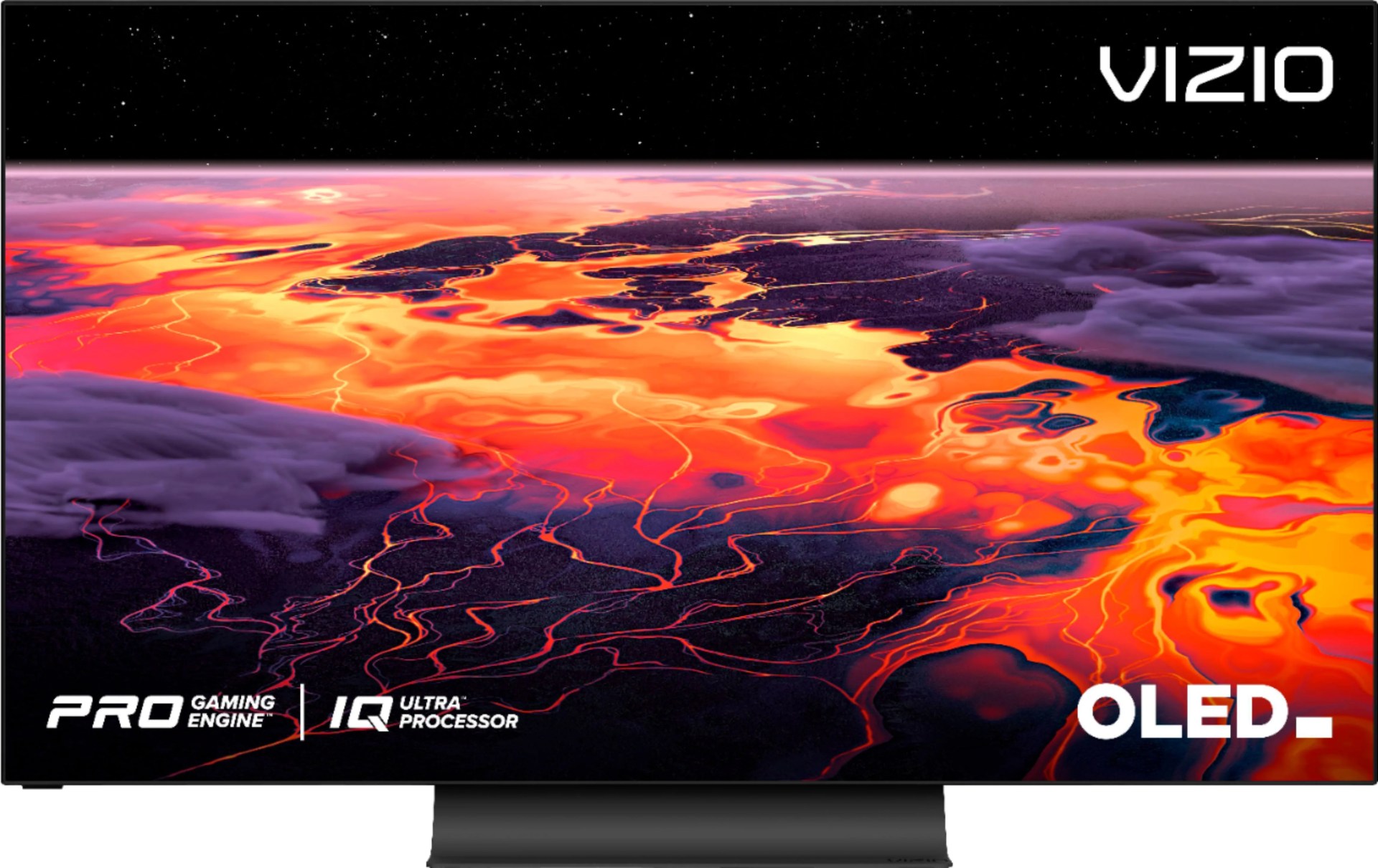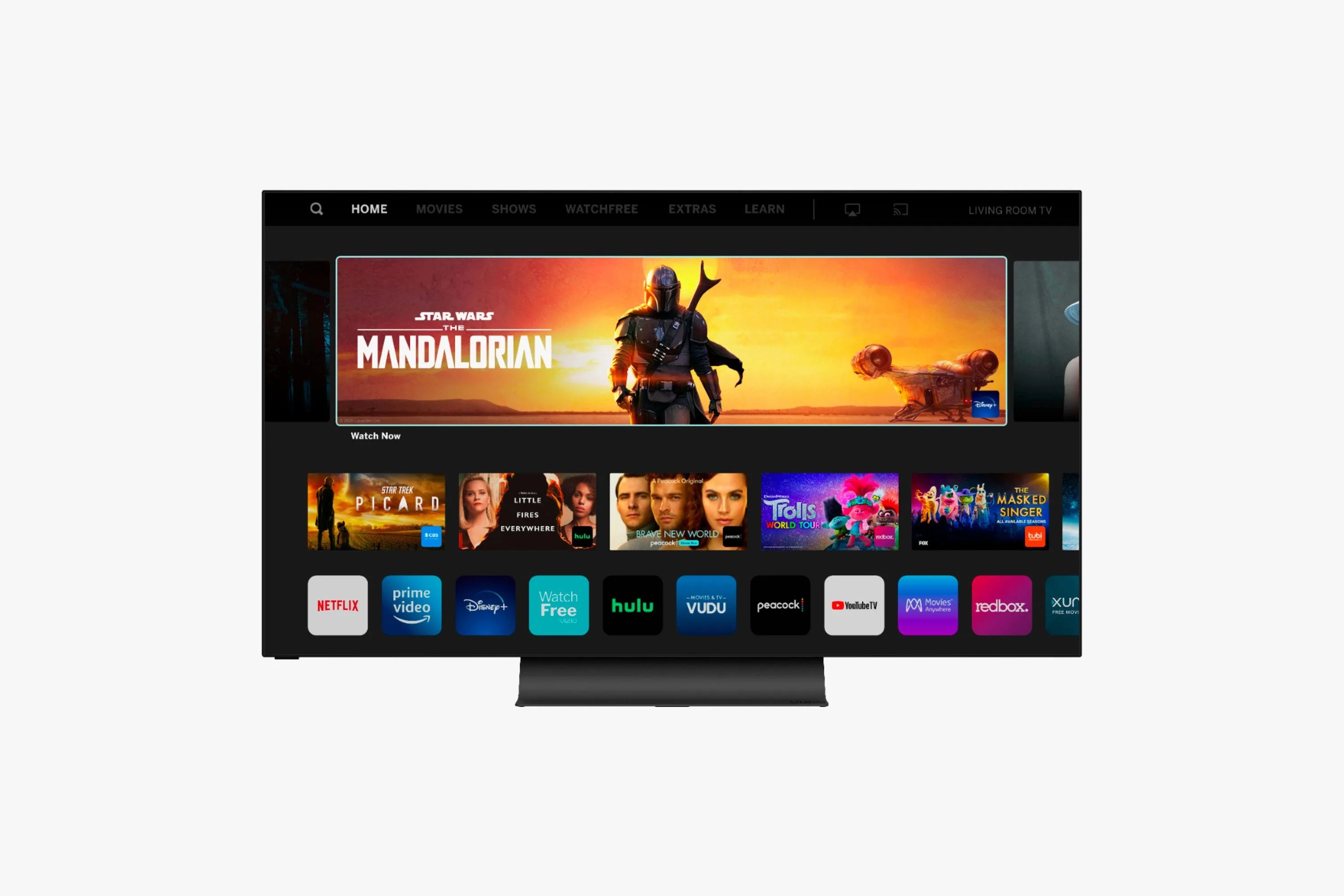The Vizio 4K OLED TV, the company’s first-ever OLED TV, was announced back in January at CES 2020. Ten months later, it’s finally available for purchase. Best Buy is selling 55-inch or 65-inch models, but the best part is that you can actually get a little bit of a deal already — if you purchase between now and Friday (October 9th), you can save $100 on either model.
 Best Buy
Best BuyVIZIO – 55-inch OLED 4K UHD
-
$1,199.99 (20% off)
The reason why the Vizio’s OLED TVs have been so hyped is, quite simply, they’re price — they’re more affordable than pretty much all other new OLED TVs. The 55-inch starts at $1,300, which is significantly more affordable than similarly-sized OLED TVs. The closest competition is LG’s entry-level line of OLED TVs, the BX Series, where a 55-inch model goes for $1,600 (currently on sale for $1,500). A 55-inch model of LG’s slightly high-end CX Series goes for $1,800 (currently on sale for $1,600).
We haven’t had a chance to test out the Vizio 4K OLED TV in person, but given the company’s track-record making some of the best and affordable 4K LCD TVs, we have high hopes for these new models.
Vizio’s OLED TVs are decked out in high-end features you’d expect from pricier sets, including support for most HDR formats (Dolby Vision, HLG, HDR10 and HDR10+), a 120Hz refresh rate (so it’s ideal for gaming on the next-gen Xbox and PlayStation consoles). And it has built-in Chromecast and Apple’s AirPlay 2. The smart TVs run on Vizio’s SmartCast operating system.
The Vizio Elevate, the company’s new soundbar that’s designed to partner the its new line OLED TVs, is still only available for pre-order, although it’s expected to ship later this month. The Elevate is a unique soundbar because, in addition to appearing to float in midair (which is where it gets its name), its side-channel speakers actually rotate up when listening to Dolby Atmos or DTS:X content, and then rotate back into place for non-surround sound content.
